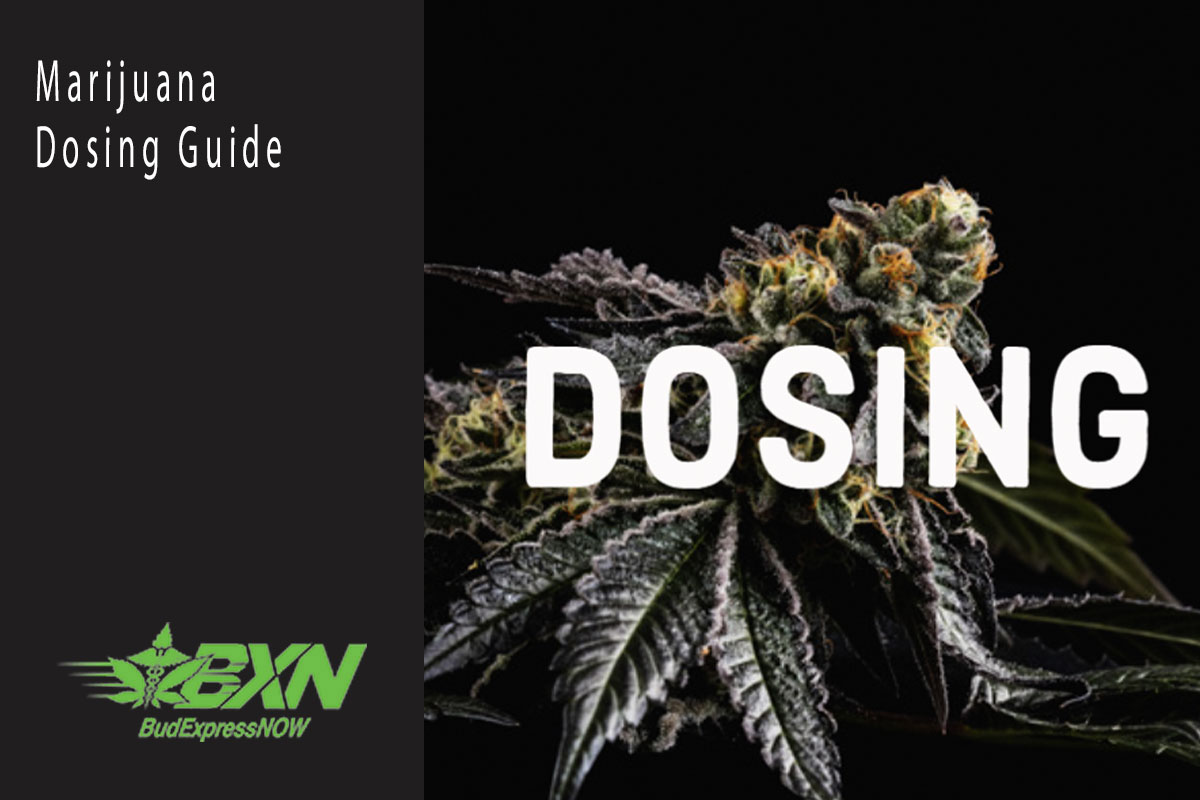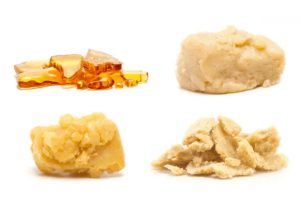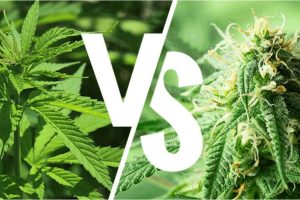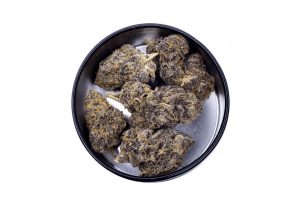Marijuana comes in many different forms now. From your typical weed strains to concentrates to edibles and tinctures, there are now many ways to get the effects of THC, CBD, and the other cannabinoids in marijuana. This can make marijuana dosing difficult to approach. Some people wonder how much they should take for optimal recreational effects. Others need to find the best dosage to handle pain, anxiety, seizures or other medical problems.
There is no perfect marijuana dosage for everyone as it can depend on many factors. For instance, people build up a tolerance to marijuana over time, which means they can handle more. Some people prefer stronger effects whereas some prefer the mild effects of microdosing. Your weight and the type of strain or product can also have an impact.
With that said, there are some general guidelines you can follow. Some studies give a good idea of how much cannabis is needed to treat certain medical problems. There are also some general rules and serving sizes when it comes to different types of products. There’s a lot of room for experimentation when it comes to marijuana dosing, but it’s best to start off low and increase as you feel comfortable. Here’s a marijuana dosing guide to help.
Weed Dosing Guide
While there are many unique ways to enjoy the effects of marijuana, many people stick to the tried and tested strains of weed. Flower is generally bought in 3.5-7 gram increments, usually going all the way up to an ounce. But how much do you need to get high?
The reality is that weed dosages can vary widely depending on the user. One study found that the average smoker used around 0.66 grams of cannabis in each joint. However, this did vary depending on the method of smoking. Those who preferred to smoke in blunts used an average of 0.97 grams. When it came to smoking in a pipe, users used around 0.39 grams on average.
A High Times poll found that users generally used 0.5 grams to a full gram of cannabis in each joint. The average for each joint was around 0.75 grams of weed. This shows similar results to the previous study.
Beginner users may want to start off at around 0.5 grams in a joint. More experienced users will often range from 0.66 grams to a gram. When you use a pipe or bong, a lower dosage is better. These methods will often give you a stronger and longer-lasting high, meaning you can afford to use less weed.
Even at low doses, cannabis can help users treat pain, anxiety, depression, and other medical symptoms. The benefit of smoking weed is that users can take it puff by puff and decide when they have had enough.
Vaping Dosing Guide
Another popular method of consuming marijuana is by vaping. This involves using a vaporizer or vape pen, which heats up your product to create thick vapor which you can inhale for effects. It’s much like smoking but safer on your lungs as it does not involve burning chemicals and toxins.
So what’s the ideal dose when you vape? While some might assume you’d use the same as you would in a joint, vaping actually requires less weed. A 2018 study found that, when using the same amounts, vaping produced a much stronger high than smoking and left more THC in the bloodstream.
This means you can afford to use less marijuana. A dose of around 0.3 to 0.4 grams should be enough for most experienced users, similar to the average pipe dosage. However, beginner users may want to start off even lower. Much like with smoking, you can vape hit by hit until you achieve the desired effects.
You can also vape with many different products. Many allow you to vape cannabis flower, but you can also vape cannabis concentrates and specially designed e-juices and vape oils. These will often come with different levels of potency and different recommended dosages. For instance, you can get very high on a very small amount of concentrates such as shatter or wax.
Edibles Dosing Guide
You can also use marijuana edibles. These are food products infused with the effects of THC, CBD or both. Edibles with THC actually produce a much stronger high than vaping or smoking. This is because the THC is converted into 11-hydroxy-THC in the liver, a more potent form of the chemical which then reaches your bloodstream.
The optimal edibles dosage often depends on your body and your tolerance. However, edibles usually come in a serving size of 10mg of THC. This is ideal for beginner users- just 10mg is enough to give you strong effects for many hours.
More experienced users may want to increase their dosage to 20-30mg of THC. With edibles, it’s best not to go too high as the powerful effects can become uncomfortable over time. However, the right dosage can often depend on your personal preferences.
Some users also microdose with edibles. This entails taking a very small dose of around 2.5-5mg of THC. This will still give you light effects of pain relief, euphoria, and a psychoactive head high. However, it will be a much more manageable buzz than you’d get with higher doses.
It’s important to note that edibles can take up to 2 hours to have an effect. They need to be digested before you start feeling the effects. For this reason, it’s crucial that you don’t take more while you’re waiting for them to kick in. When the effects kick in, they will usually peak at around 2-4 hours but can last for many hours afterward.
Tinctures Dosing Guide
Marijuana tinctures offer a simple and unique way to get the effects of marijuana. These are liquid products which come in a small bottle with a dropper. You take these by dropping a small amount of the tincture under your tongue and holding it there for around 30 seconds to a minute. This will absorb the cannabinoids into your body, giving you the effects.
When it comes to dosing, tinctures are similar to edibles. Each dropper contains a certain amount of THC, making it easy to measure to control your dosage. The dosages you should use are also similar to edibles.
A 10mg THC serving should be enough for most beginner users. More experienced users may want to take around 20-30mg. Unlike with edibles, the effects will come on fast. This makes tinctures a very convenient product to use.
Of course, it’s also easy to microdose with tinctures. Simply apply a smaller amount under your tongue. You can also use tinctures by infusing food or drink products with the oil. This will usually work in the same way as edibles.
Topicals Dosing Guide
You may also want to try marijuana topicals. These are topical products such as creams, balms, lotions, and sprays which are infused with THC or CBD. You use them by applying them to your body, where the cannabinoids will penetrate the skin and interact with your body’s cannabinoid receptors.
One of the benefits of topicals is that they will not get you high. These products are intended for medical usage. They work in a similar way to pain creams or sprays in the sense you apply them directly to the affected area for fast-acting pain relief. They can also help with skin conditions such as acne and dermatitis.
Since they don’t have psychoactive effects, you can generally use any dosage of tinctures. However, generally, you only need to apply a small amount to the affected area to get the effects.
Topicals come in many different forms and often give you guidelines on how much to use. However, these are generally safe to use in any quantity. The only exception is THC patches, which absorb THC into your bloodstream. These have a predetermined dosage, usually of around 10-20mg of THC.
Can You Overdose on Marijuana
When it comes to dosing with marijuana, the most important thing is to not take too much. Fortunately, unlike many other medications, you can not fatally overdose on marijuana. However, taking too much can result in various uncomfortable side effects which you’ll want to avoid.
A marijuana overdose can involve severe nausea, dizziness, vomiting, headaches, and increased anxiety and paranoia. It can often exacerbate mental health issues if you use too much, and those with pre-existing conditions should avoid marijuana if it flares up negative symptoms.
So how much marijuana is too much? It all depends on the type of product and your body. Some people may be able to handle 30mg of THC whereas this will be too much for others. It’s best to start off with low dosages in order to avoid a marijuana overdose.
Smoking or vaping allows you to build up a tolerance. Simply take it hit by hit and stop when you feel the effects become too much. Over time, you’ll notice you can handle more marijuana without it affecting you too strongly.
How to Reduce Your High
Providing you use marijuana in moderation, you’re unlikely to face any serious negative symptoms. However, in some cases, users may inadvertently use too much marijuana. Overdose symptoms involve nausea, dizziness, vomiting, and increased anxiety.
If you feel that you have taken too much weed, you will have to wait until the high wears off. However, there are ways you can speed up the process and manage the symptoms better.
Drinking plenty of water will help flush more THC out of your system. Some light exercise can also help you sweat it out. Eating can also help you feel less intoxicated, although it’s best not to eat to excess. Simply sleeping it off is often the best approach. Marijuana often helps you sleep better and you will feel more refreshed in the morning.
Taking too much marijuana has no severe consequences, so it’s important not to panic and give it time to pass.
CBD Dosing Guide
Users who want the medical effects of marijuana without getting high often turn to CBD. CBD is a non-psychoactive cannabinoid which carries many powerful medical benefits for the body. It’s often extracted from cannabis and hemp plants for use in oils, topicals, and other medical products. Many studies have been done on the use of CBD for various illnesses, which gives us some idea on the best dosages.
Studies show that CBD helps with pain and inflammation. It can be useful for everything from mild aches and strains to chronic pain conditions. A dosage of around 15-25mg of CBD was found to be helpful for pain, although users with more severe symptoms can use more.
CBD also helps with anxiety disorders. Research suggests that a single high dosage of 600mg can relieve symptoms almost immediately. A study on using CBD for depression also had similar findings. The study found that 7-30mg of CBD per kg of body weight had fast antidepressant-like effects.
Many epileptic patients also use CBD for seizures. Research shows that CBD can significantly reduce seizures month by month. Studies suggest that the ideal dosage for seizures is 20mg of CBD per kg of body weight.
You can also use CBD for sleep. A CBD sleep study found that a 160mg dosage had sedative effects on users which could help with insomnia. It also found that dosages of 40mg and 80mg could be useful in reducing nightmares, which can be helpful for anxiety sufferers.
CBD is safe to use in all quantities. It is non-addictive, has no negative side effects, and you can not overdose on CBD. Using CBD and THC together can also be very effective for medical purposes.
Conclusion
The ideal marijuana dosage can differ for every person, although there are some general guidelines to stick to. Providing that you start off low and only increase your dosage when you’re comfortable, you shouldn’t have a problem.
Those who use marijuana for medical purposes can often find the ideal dosage by experimentation. Usually, it only takes a couple of hits of marijuana to reduce pain, stress, anxiety, and depression. However, those with severe symptoms may find they need to take a couple more puffs for optimal effects.









